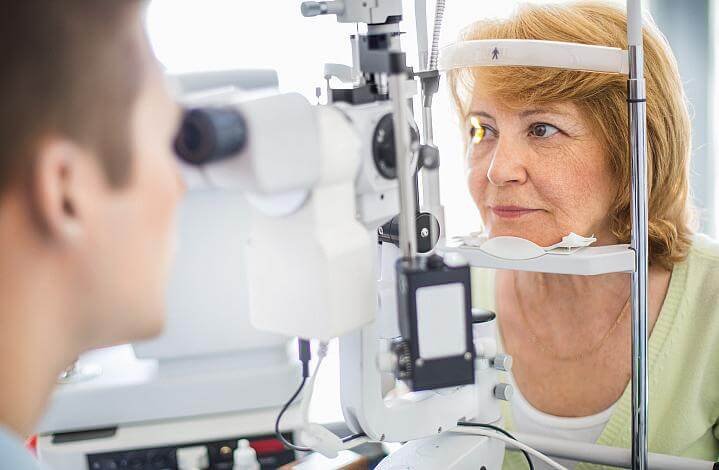Is Macular Degeneration Hereditary?
Macular degeneration is a common eye condition that affects millions of people worldwide, and it is a leading cause of blindness in people over 50 years old. In this blog post, I will explain what macular degeneration is, how it affects vision, and what treatment options are available.
What is Macular Degeneration?
Macular degeneration is a condition that affects the macula, which is a small area in the center of the retina that is responsible for sharp, central vision. The retina is the layer of tissue at the back of the eye that senses light and sends signals to the brain. Macular degeneration occurs when the macula deteriorates, causing a loss of central vision.
There are two types of macular degeneration: dry and wet. Dry macular degeneration is the most common form and is characterized by the presence of yellow deposits called drusen that accumulate in the macula. Over time, these deposits can cause the macula to thin and deteriorate, leading to a loss of central vision. Wet macular degeneration is less common but more severe. It occurs when abnormal blood vessels grow under the retina and leak fluid, causing damage to the macula.
Is Macular Degeneration Genetic?
The exact cause of macular degeneration is not known, but there are several risk factors that increase the likelihood of developing the condition. These include age, genetics, smoking, obesity, high blood pressure, and a diet low in antioxidants and omega-3 fatty acids. It is important to note that genetics are just one of several risk factors that can contributed to the development of macular degeneration. Not all individuals with a family history of macular degeneration will develop it themselves. Women, Caucasians, and far sighted people (hyperopes) are also at a higher risk of developing macular degeneration.
The symptoms of macular degeneration can vary depending on the type and severity of the condition. In early stages, there may be no symptoms or only mild blurriness in the central vision. As the condition progresses, the central vision may become distorted or dark, making it difficult to read, drive, or recognize faces.
Treating Macular Degeneration
While there is no cure for macular degeneration, there are several treatment options available to slow the progression of the condition and preserve vision. In the case of dry macular degeneration, treatment options include lifestyle changes such as quitting smoking and eating a healthy diet rich in antioxidants and omega-3 fatty acids. There are also dietary supplements available that contain vitamins and minerals that may help slow the progression of the condition.
In the case of wet macular degeneration, treatment options include injections of medications directly into the eye to stop the growth of abnormal blood vessels. These medications can slow or even reverse the damage caused by wet macular degeneration, but they require ongoing treatment and monitoring.
In addition to medical treatment, low vision aids such as magnifying glasses and telescopes can help individuals with macular degeneration to maintain their independence and quality of life. It is important for individuals with macular degeneration to have regular eye exams with an ophthalmologist to monitor the progression of the condition and to ensure that they are receiving the appropriate treatment.
In conclusion, macular degeneration is a common and potentially devastating eye condition that affects millions of people worldwide. While there is no cure for macular degeneration, there are several treatment options available that can slow the progression of the condition and preserve vision. It is important for all individuals to have regular eye exams with an ophthalmologist to monitor the presence or progression of the macular degeneration and to receive the appropriate treatment. By working together, we can help individuals with macular degeneration maintain their vision and quality of life.
Schedule an eye exam today with Colorado Eye Surgeons.

